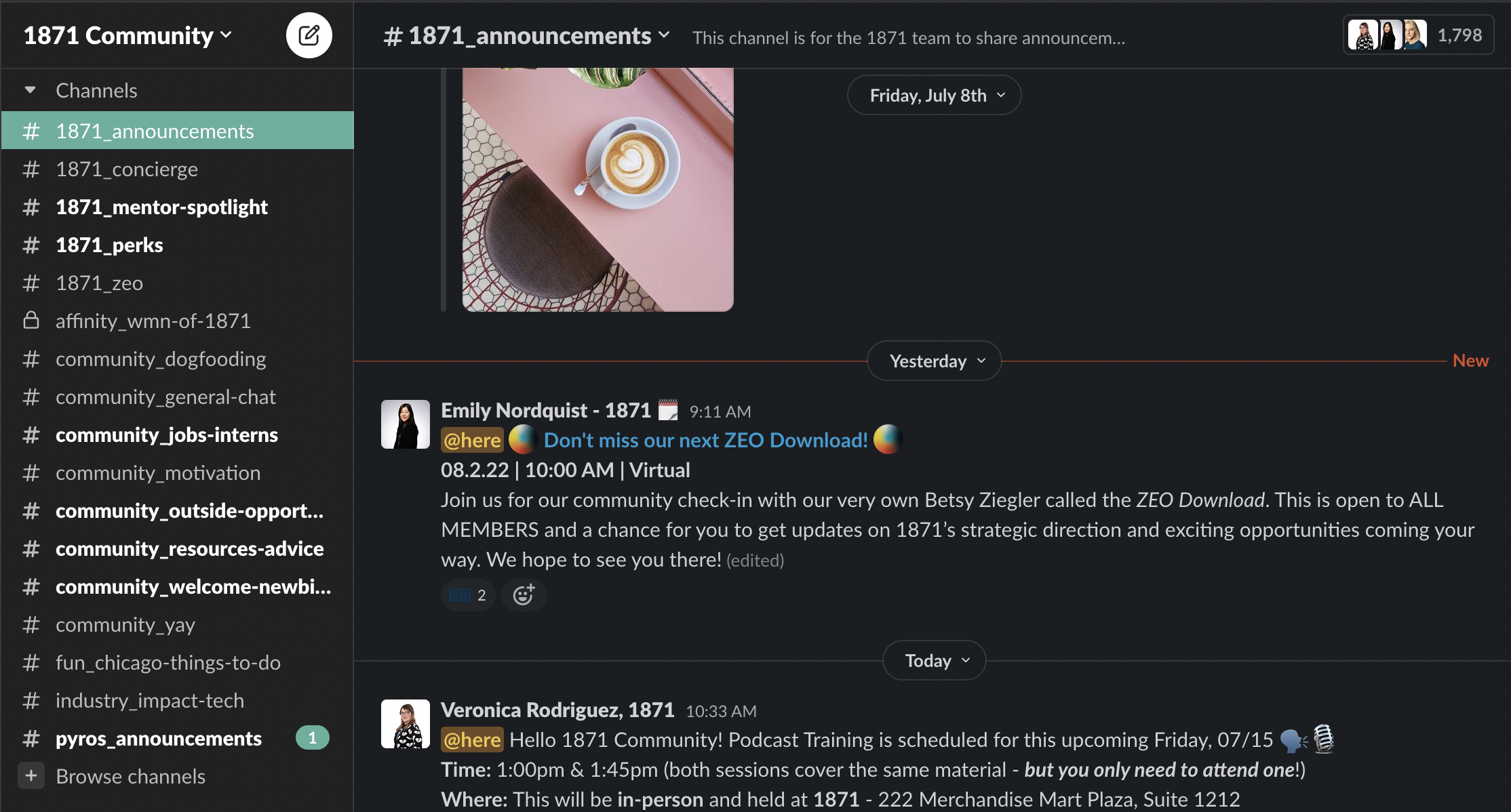It’s no secret there’s friction at several stages of the supply chain right now, which is contributing to the shortages and bottlenecking we are currently seeing. The biggest issue is that not one piece of the supply chain is breaking right now, it’s the entire structure. This makes it difficult to pinpoint one area of the supply chain and resolve the issue. While the supply chain was highly efficient prior to the pandemic, it was running based on a predictable environment. However, the changes brought on by the global pandemic were unprecedented, making it difficult for supply chain operators to predict demand. Without any historical data or similar disruptions at such a large scale in the supply chain, companies had to make quick adjustments and, in many cases, did so in such a conservative way that manufacturing started to slow down as a result.
Now that we are beginning to move out of the pandemic though, at least from an economic perspective, demand is accelerating so quickly that manufacturers are struggling to keep up. It will take some time for the supply chain to recover from the changes brought on by this pandemic as operators adjust to what is needed from a material, labor, and transport perspective.
However, there are a lot of very smart people working hard to find solutions to pressing supply chain issues. There are also many heroes working around the clock at warehouses, distribution centers, ports, air cargo hubs and retail stores to ensure this holiday season is joyous. Yet, we don’t think they’ve been getting the credit they deserve. I’ve asked some of our Zebra leaders to share what’s being done behind the scenes and on the front lines to keep things moving:
Jim Lawton, Vice President and General Manager, Robotics Automation, Zebra Technologies:
“In my years of working in the supply chain, I’ve seen a lot of disruption. Tsunamis, strikes and materials shortages caused by geo-political unrest all seemed powerful enough to change everything, but in the end, didn’t change much. Today, listening to customers talk about how they are responding to the havoc wreaked on the supply by the pandemic and its tenacious aftermath, this time it’s different. Especially in the warehouse.
As consumers go online to purchase everything from groceries and dry goods to gadgets and expect orders to arrive tomorrow or even today, the warehouse is now front-and-center in the customer service race. Warehouse operations teams are rethinking everything – from how the floor is organized and how goods move from intake to shipping to labor strategies. Driven by the need for real change, robots and automation are no longer a curiosity or a future investment that needs to be piloted for years. We’re seeing more and more teams boldly moving ahead with implementations, recognizing that robots and automation are essential to the demand-driven model for warehousing operations that will be born from this disruption.”
Mark Wheeler, Director, Supply Chain Solutions, Zebra Technologies:
“Organizations are dealing with a high degree of change and disruption to their supply chains. It’s really multi-dimensional. First, the competitive battle that is ‘customer service’ is ongoing, leading many to conclude that they will have to position inventory closer to the point of demand. Manufacturers are increasingly shipping directly to their end users – in many cases, for the first time.
On the supply side, inbound materials availability, supplier response time and both materials and transportation costs are dynamic and less predictable. In response, organizations are prioritizing visibility and flexibility in their technology investments and their operational designs. They are implementing new generations of intelligent mobile robots to make physical automation accessible to smaller facilities and inherently less risky and more flexible than more traditional alternatives. They are recognizing they must provide workers with tools that are easy to learn, easy to use and ergonomically well-implemented if they are to attract and retain labor, which is critical to their performance. These tools include wearable computers and scanners. Workers have shown they also appreciate when mechanized solutions like autonomous mobile robots (AMR) take a lot of the physical effort out of their day.”
We also asked for their thoughts on what more could and should be done by business leaders to help minimize the impact of shipping delays on their customers. This is what they shared:
Pat Smith, Chief Customer Officer, antuit.ai, a Zebra Technologies company:
“If you take a step back, the supply chain is a system of delays. Meaning, there is lead time involved from raw material to the delivery of the finished product that can be expressed in days, weeks, or months for each ‘leg’ in the chain. And each ‘leg’ depends on understanding the demand (i.e., forecast) that it (the ‘leg’) needs to deliver (i.e., execute or process) to achieve service level expectations, either to the next ‘leg’ or to the end customer. The notion of delays and dependencies of one ‘leg’ on another, many of which have been exacerbated due to the pandemic and recent supply chain disruptions, creates demand uncertainty and poor customer service.
What is arguably soon to be table stakes to achieve greater customer satisfaction is for manufacturers and retailers to both get closer to the source of customer demand – at the zip code or store level. To accomplish that goal, advanced analytical solutions such as AI-based forecasting are necessary to marry internal and external data (i.e., promotions, pricing, product attributes, competitive activity, local events, social media, mobility data). This produces insights and predicts highly granular forecasts that are double-digit percentage points more accurate than current practices. This increase in accuracy reduces uncertainty and provides a confident signal to plan, make, source, and deliver (the individual ‘legs’ of the supply chain). And it’s all built from the lens of the customer, to serve the customer best, which is essential in these times of uncertainty to retain and grow revenue”
Andre Luecht, Global Practice Lead, Manufacturing/Transportation & Logistics, Zebra Technologies:
“Full supply chain visibility enables all participants to ‘keep the promise.’ The situation is far from perfect with delays and shortages looming over the holiday season. However, knowledge and insights into inventory levels, location of goods and delivery times and schedule updates can be communicated to the consumer proactively. Customers will likely not mind ordering an item in advance to allow for longer lead times. Clear open and honest communication based on full inventory visibility will make the difference.
And remember, while the current pandemic-related strain on the supply chains is still very present, the next challenge is right around the corner. The large infrastructure bill just announced in the U.S. will increase construction activities around the country. This will increase the demand for commercial truck drivers (think cement trucks and construction equipment), likely impacting the long-haul commercial driver shortage even more. Now is the time to prepare, re-think and align supply chains to ensure fulfillment in the future.”
Deanna Self, Director of Operations, North America and Latin America, Zebra Technologies:
“My focus has shifted a bit since my last post. Now, as the Director of Operations for Zebra’s largest distribution center here in North America, my focus is on the people who are central to supply chain execution. The labor shortage is no kept secret. The pain is felt in every industry and especially amongst the front-line employees, or rather our front-line heroes, who at the end of the day are the ones making everything happen to ensure customers get everything needed by year end.
As a leader, the actions I’ve been taking is working across all functional teams to proactively identify demand, including that which may be artificial at this point, to ensure we can have the right capacity available to pick, pack, and ship all desired product by year end. But it’s not as easy as just identifying demand. There is a larger element of understanding our workforce, having uncomfortable conversations with ourselves to challenge prior ways of working, and finding new solutions that will build on capabilities and motivate. This challenge definitely extends beyond just getting through the holiday season. Outside of ensuring a competitive wage is being offered, companies should be looking at ways to have more flexible hours, better humanistic design offerings, and reevaluating overall benefits offered to these employees. We owe it to these heroes to take a hard look at our past offerings and ways of working to ensure they really align with our values and to what our employees value most.”
Originally published here!
Join as an 1871 Growth Stage Member.
Attend info sessionSubscribe to our ICYMI newsletter.
Share this post:



